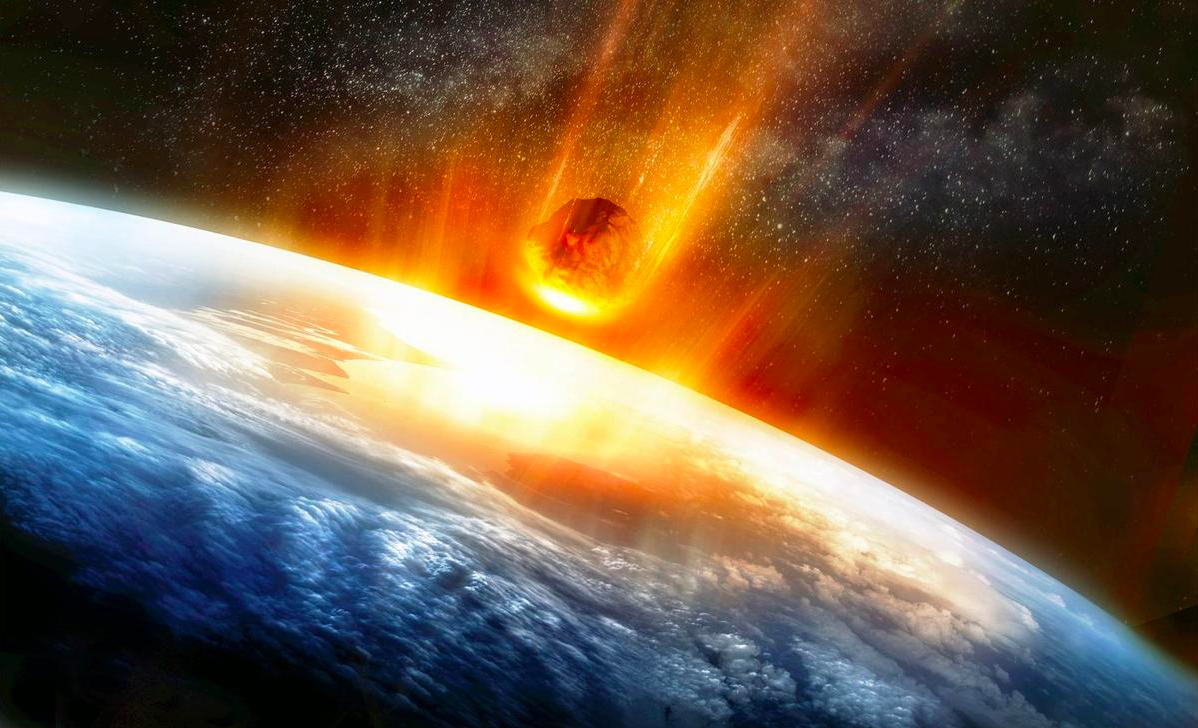
A massive asteroid hurtling through space now has the highest recorded odds of slamming into Earth, according to NASA. The space agency has upgraded the risk assessment for asteroid 2024 YR4, giving it a 3.1% chance—roughly 1 in 32—of making impact in 2032.
If this ‘city killer’ asteroid strikes, it could unleash energy equivalent to 7.7 megatonnes of TNT, enough to level a major metropolitan area.

BYPASS THE CENSORS
Sign up to get unfiltered news delivered straight to your inbox.
You can unsubscribe any time. By subscribing you agree to our Terms of Use
Latest Video
Discovered in December, 2024 YR4 has become a focal point for astronomers and space agencies worldwide. Scientists have been closely tracking its trajectory, refining their calculations with each new observation. Initially, the probability of impact stood at 1 in 83, but as more data has been gathered, the odds have steadily increased—from 1 in 67, to 1 in 53, to 1 in 43, and so on—culminating in the latest, most concerning estimate of 1 in 32. The European Space Agency (ESA) has provided slightly different figures, placing the impact risk at 2.81%.
Why Are the Odds Changing?
Despite the rising probability, experts urge caution before jumping to doomsday conclusions. “Just because the risk has gone up doesn’t mean it will continue to do so,” says Hugh Lewis, an astronomer at the University of Southampton. The reason for the shifting odds is simple: with each new observation, scientists refine their understanding of the asteroid’s exact path. Sometimes, that leads to increased risk; other times, the danger diminishes.
However, a major challenge looms. In April, 2024 YR4 will pass behind the sun, making it nearly impossible for Earth-based telescopes to track. This means astronomers will lose crucial opportunities to refine their predictions until the asteroid re-emerges in 2028. While existing data can still be analyzed, the lack of fresh observations will create a four-year blind spot in our ability to assess its risk.
Could It Be Stopped?
The asteroid’s potential impact depends on its size and composition. Scientists estimate that 2024 YR4 measures between 40 and 90 meters in diameter, but they still need more information. NASA and ESA are working to gather crucial data using advanced telescopes, including the James Webb Space Telescope, to determine whether the asteroid is composed of metal or rock.
“If it’s a stony asteroid, it might break up in the atmosphere,” says Lewis. “But if it has a high proportion of iron, that’s a different story. An iron-heavy asteroid would survive the descent, significantly increasing the damage on impact.”
Governments and space agencies are already considering potential deflection strategies, similar to NASA’s successful DART mission, which demonstrated that a spacecraft could nudge an asteroid off course. However, given the limited window for action, the world must prepare for all possibilities.
For now, the fate of 2024 YR4 remains uncertain. Will it veer safely away from Earth—or will we be forced to mount a last-minute planetary defense? One thing is clear: this asteroid is one to watch.

